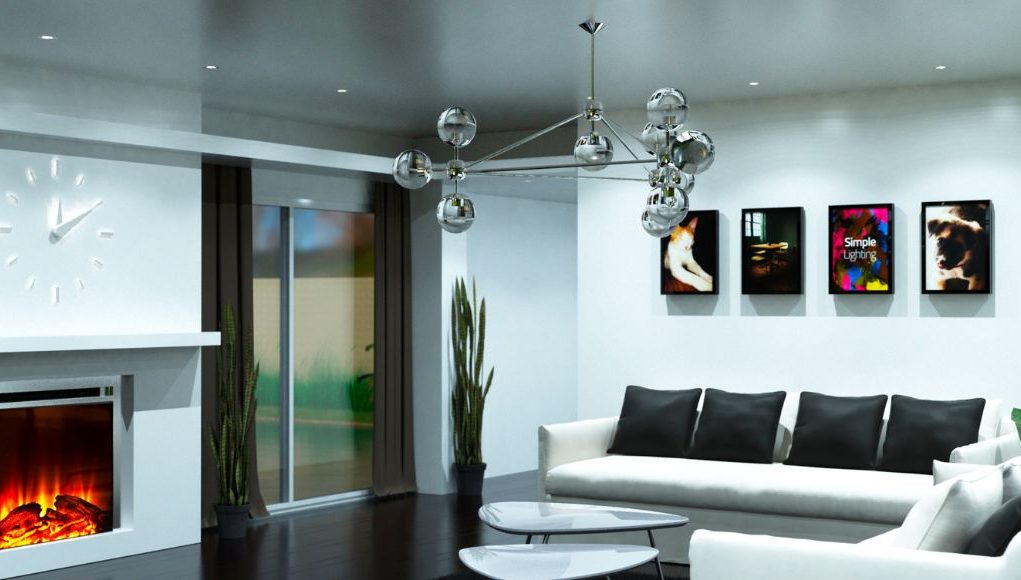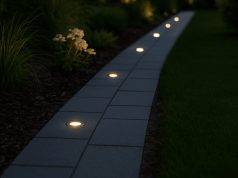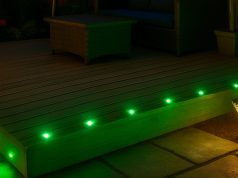Recently, the UK government publicised plans to remove halogen bulbs from the market as a part of the energy-efficiency improvements to help consumers lower their electrical bills and lessen carbon emissions.
LED lights are far more energy-efficient than halogens. Also, they can last ten times longer and consume 80% less energy to radiate the same amount of brilliance. So, if you’re worried about replacing halogen downlights with LEDs, don’t be. It’ll actually make your life better and contribute to protecting the environment!
To help you prepare for the traditional halogen bulb ban, here’s a simple guide on LED fixtures to ease any inhibitions that you have. After going through this, you’ll indeed have a change of heart and be more eager to switch to an environmentally friendly and energy-efficient lighting solution!
Why Switch to LED Bulbs?
LED lighting is versatile and sits at the top of the efficiency and durability ladder. Among all the other lighting options, it’s the most common, adaptable, and suitable for replacing spotlights/dimmable lights. You can get LED bulbs in different sizes, shapes, bases, and colours!
Although traditional halogen bulbs can last for about two years or around 2,000 hours, you can use an LED bulb for about 15 – 20 years!
How Much Savings Will You Have with LEDs?
Generally, lighting would account for 15% of the entire electrical consumption in a typical household. If you swap out your halogen bulbs with LED lights, you’ll see a significant reduction in your electricity bill. Aside from that, you’ll have a positive impact on the environment and lessen carbon emissions because of its low energy usage and long average lifespan!
For every halogen bulb that you switch to LED bulbs with similar luminance, you’ll be able to save around £1 – £4 per year! Surely, you’re not just using a single bulb in your entire home, so you can just imagine how much that savings can amount into. While the changeover may cost you a bit, the long-term savings will compensate for it!
When you replace all your halogen bulbs with LEDs, you can significantly decrease your carbon dioxide emission by around 55kg per year. It’s equivalent to a car’s carbon dioxide emission of approximately 190 miles!
With LEDs, whether an LED strip, bulb, track light, ceiling spotlight, or wall lamp, you won’t just help your bank account but can also help improve the condition of the environment. It’s a win-win!
How Energy-Saving are LEDs?
Beginning in October 2021, LED bulbs will have a new energy label. It will simplify how the energy efficiency rating is displayed using an A – G gauge. You won’t see the usual A+, A++ and A+++ ratings, allowing you to notice which are the most energy-saving and environmentally friendly bulbs.
Aside from the updated rating scale, the new energy label will also feature a QR code which you can scan and get access to more information about the bulb. This includes working hours, colour temperature, consistency, and beam angle. With this, you’ll be able to recognise your LED bulb’s energy-saving capacity, lifespan, brightness, voltage and more.
What Else Should You Check Out?
Included in the packaging of your LED bulb, you’ll also see information on colour and brightness, which is quantified in lumens.
For example, warm white is like an old incandescent bulb with a yellowish shade and is ideal for your living room, bedroom, and dining room. Alternatively, cool white is crisp with a bluish tone and is suitable for task lighting. You can use it in your bathroom, kitchen or office spaces.
The lumens count indicates how bright your LED lights are. The higher the number, the brighter your bulb is. So, if you see an LED bulb that’s 1000 lumens, that is exceptionally brilliant for a small space. Pro tip: you don’t always need to get the brightest LED bulbs you can find. Just go for what is appropriate for the room and its purpose!
Need More Tips to Conserve Energy and Save Money?
After ensuring that all the remaining fixtures in your home are LEDs, what do you do next? Is that the end of your energy-saving journey? Nope, switching to LEDs is just the beginning!
There are more ways to reduce your electrical consumption so you can lower your electricity bill and reduce your carbon footprint. Here are some!
- Remember to switch off your lights when you leave a room. That is the most basic yet most often forgotten tip. Yes, it’s easy to forget to turn off your lights, but that’s one of the easiest ways to lower energy costs. Typically, a household could save about £15 a year by turning off the lights as you leave the room! Try adding motion sensors if you often forget to turn your lights off. That way, it will automatically shut off when you leave the room.
- Know how many lights you have in a room. If you’re already using your ceiling lights, do you also need to use other lamps? If one fixture can provide the illumination you need, you don’t have to switch on the others.
- Ensure that your light switches are easy to spot and access. It’ll be easier to remember to turn your lights off if it’s near the door rather than behind a bookshelf. You can use smart LED bulbs to control your lights through an app on your phone or voice command. It’s more convenient and accessible!
- Add timers and sensors for outdoor lighting so they’ll only work when necessary. Also, it eliminates the trouble of switching them on and off daily.
- Opt for transparent or mesh lamp shades since the darker ones tend to absorb some light. In addition, guarantee that you clean your lampshades regularly, so dust and dirt build-up won’t block the light.
LEDs are definitely a better option than halogens. So, if you’re looking for LED bulbs and other LED lighting solutions and accessories, you can visit our website, Simple Lighting! We have a comprehensive collection of LED products that can address your lighting needs.













